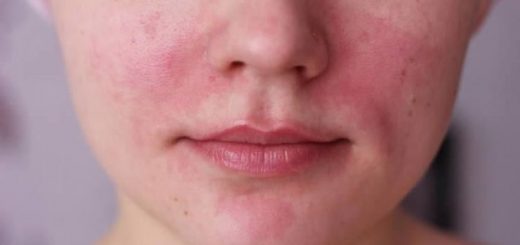10 Effective but Practical Ways to Get Rid of Cellulite
How to get rid of cellulite is the question all women have in mind. Men and women are completely different, not only in terms of overall attitude and habits, but also on physicality as well. More than 70% of women report having cellulite that impacts their life in a negative way. Crippled self confidence, embarrassed by their bodies, shy about themselves, they desperately hope for a cure for their orange-peel skin.
Cellulite is different from smooth body fat. Cellulite is lumpy. Body fat is like an organ, protecting your cells, cushioning your organs and storing energy. Cellulite is just lumpy. Body fat is distributed all over your body. Cellulite only shows up in the thighs, belly, buttocks, breasts and neck, and there’s nothing even about it. It does nothing and it’s lumpy. It’s usually seen on thighs and the bottom, but can appear on the calves, ankles, stomach, and upper arms.
What Causes of Cellulite?
There are many cellulite causes that lead to cellulite formation, some of which are hormones, diet and lifestyle. It is caused mainly because of swelling in the subdermal fat cells. This accumulation of the fat makes the skin to pucker and look lumpy. It is common in women during their hormonal changes such as puberty, pregnancy and menopause.
Some women do seem more prone to it than others, and genetics may play a part. It may be that some of us are simply born with weaker collagen than others, which is why you see traces of cellulite on girls as young as six. Since the fibers surrounding it are very weak, it bulges out and shows itself to the world. As you age and your skin becomes thinner, the cellulite becomes more pronounced.
How to Get Rid of Cellulite
There are many different ways to get rid of cellulite, and some work better than others. You can try the different ways listed below and find the best cellulite treatment for you to get rid of cellulite.
- Swimming exercises, such as running in place on water or doing some resistance water training that can be good for the buttocks as well.
- Avoid junk food, diet soda, processed foods, artificial colors and flavors, and saturated fats such as butter and animal fats. Limit sugar and salt, which aggravate fluid retention.
- Drink a lot of water to hydrate your body and flush out toxins. Eight to ten glasses a day are recommended.
- Interval training, or the combination of walking and running at regular intervals, is now getting a lot of attention because of its fat burning capabilities and its effect on fat loss in thighs that may promote cellulite reduction in the area as well.
- If the cellulite is severe, avoid high-pressure massage so as not to damage lymphatic function and micro-circulation. Also avoid high-impact exercise.
- Apply an essential oil blend designed to stimulate the circulatory and lymphatic systems to the back of your knees and at the top of your thighs near your bikini line. Naturopathica Deep Forest Bath and Body Oil is a good one.
- Weight and resistance training is overall good for the body and helps tone thighs with certain exercise such as squats and dead lifts.
- Yoga is a terrific way to improve your circulation and increase your strength. An added bonus of getting into Yoga is that you’ll be surrounded by “all-natural” people who will be a good influence on you. Another plus is that it may give you patience, which you will need, as you won’t see results for a while.
- Get moving. It’s been found that poor circulation can cause cellulite to stay put. Suggestion: indoor bicycling is an excellent way to get the blood in your legs circulating efficiently.
- Take up weight training. Although it won’t, in itself, remove the cottage cheese look, you’ll speed up your metabolism, which decreases body fat all over your body, proportionately lowering your cellulite level in the process.
While regular treatment cannot completely rid the body of cellulite, especially as it gets more advanced, it can help prevent further deterioration of the tissues and reduce both pain and swelling. In the end, only the individual can decide how important those issues are to her, and how far she will go to “get rid” of them.


